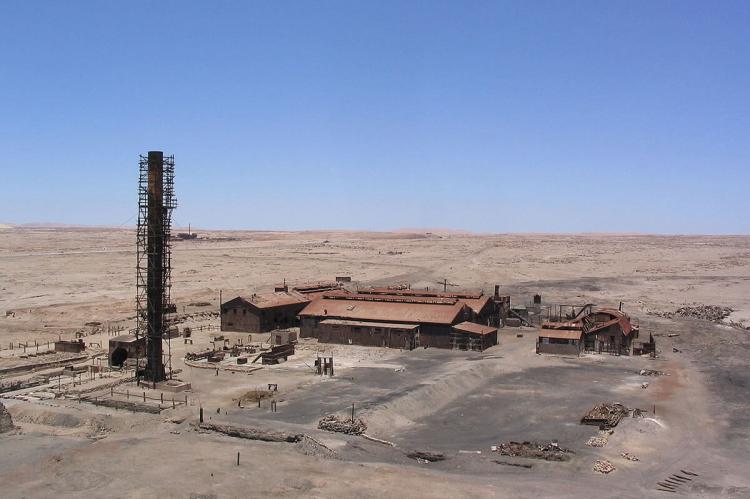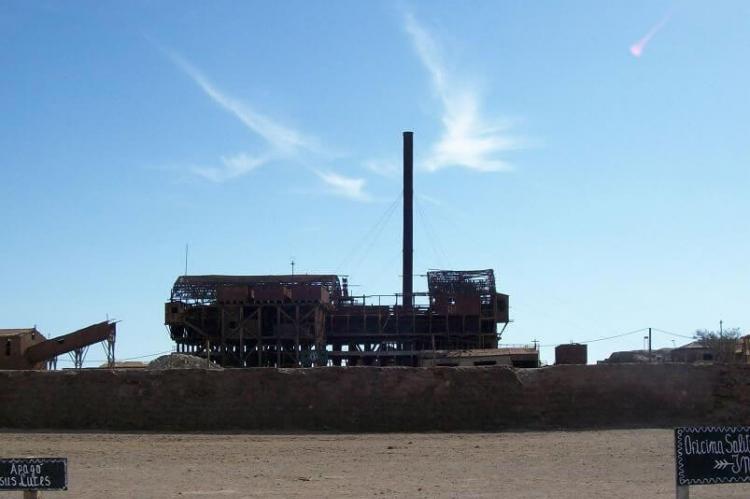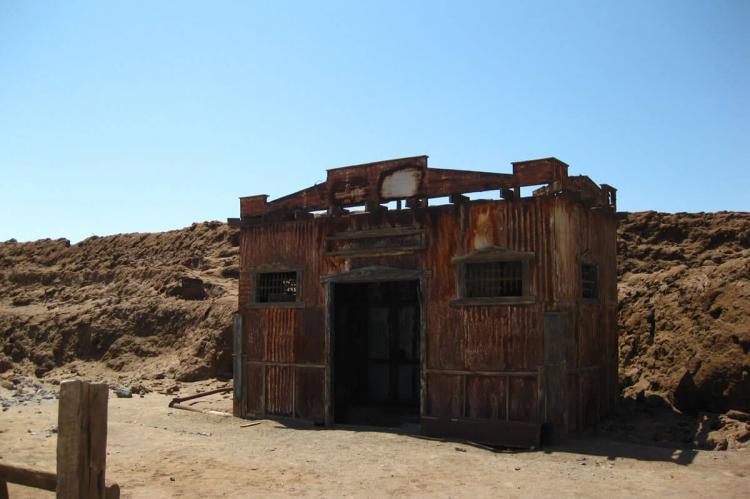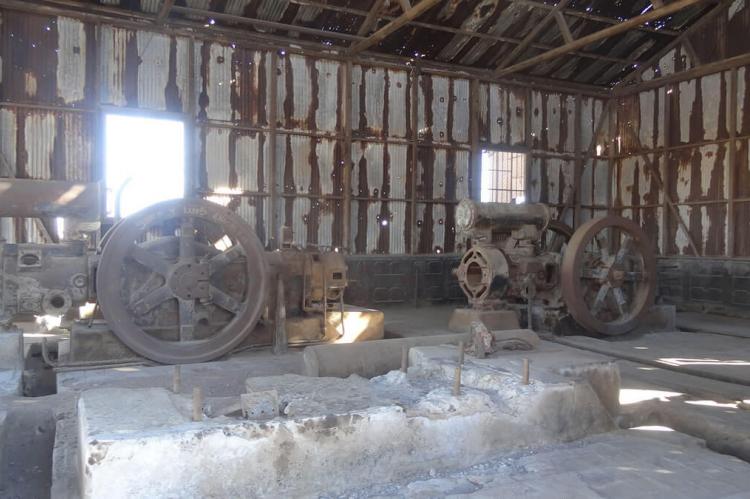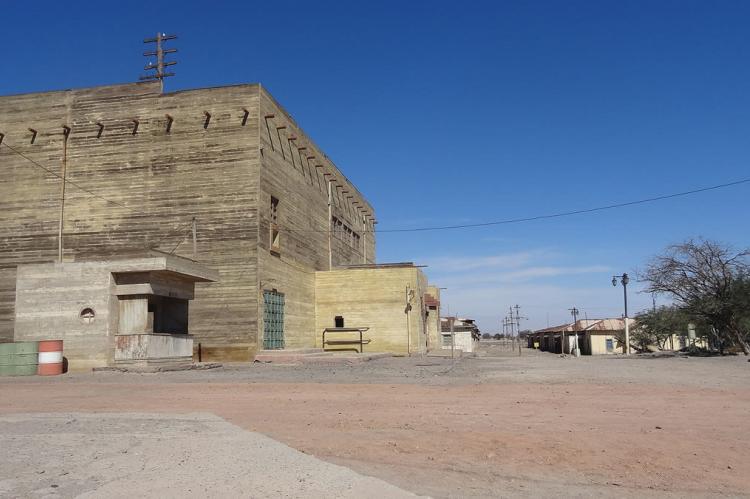Humberstone and Santa Laura Saltpeter Works: Chile's Industrial Legacy
The Humberstone and Santa Laura Saltpeter Works stand as the most representative vestiges of an industry that once wielded unparalleled influence over the region's economy and society. They are located in the arid expanses of the Atacama Desert, east of Iquique, in the Tarapacá Region of northern Chile.
Humberstone and Santa Laura Saltpeter Works: Chile's Industrial Legacy
Nestled within the arid expanses of the Atacama Desert, a landscape seemingly devoid of life, lies a testament to human ingenuity and resilience - the Humberstone and Santa Laura Saltpeter Works. Situated 48 kilometers (30 miles) east of Iquique, in the Tarapacá Region of northern Chile, these two saltpeter works stand as the most representative vestiges of an industry that once wielded unparalleled influence over the region's economy and society.
Historical Background
The story of Humberstone and Santa Laura began in the latter half of the 19th century when the Atacama Desert's vast sodium nitrate deposits caught the attention of industrialists seeking to capitalize on the booming global demand for fertilizers and explosives. In 1872, the Guillermo Wendell Nitrate Extraction Company established the Santa Laura Works, while James Thomas Humberstone founded the "Peru Nitrate Company," which gave rise to the La Palma Works. These endeavors quickly burgeoned into bustling towns, characterized by their English-style architecture, as workers from Chile, Peru, and Bolivia flocked to the remote desert Pampa for employment and opportunity.
Economic Impact
The nitrate industry proved to be a double-edged sword for Chile. On one hand, it brought unprecedented wealth and prosperity to the nation, fueling an era of luxury and economic growth. On the other hand, it exacted a heavy toll on the thousands of laborers toiling in the harsh desert conditions. Workers, predominantly drawn from marginalized communities, forged a distinctive communal culture known as Pampinos, marked by rich language, creativity, and solidarity.
Technological Marvels
The nitrate industry's heyday reached its zenith in the early 20th century, as Chilean nitrate fertilizers played a pivotal role in fueling the agricultural revolution across Europe and beyond. However, the industry's fortunes took a sharp downturn with the onset of the Great Depression in 1929, compounded by the emergence of synthetic nitrate alternatives. The once-thriving saltpeter works declined, leaving a legacy of abandoned buildings and forgotten dreams.
UNESCO World Heritage Status
Despite the industry's demise, Humberstone and Santa Laura endure as poignant reminders of a bygone era. Designated as a UNESCO World Heritage site in 2005, these works encapsulate the technological prowess of their time and the indomitable spirit of the workers who labored within their walls. The site's architectural marvels, from the industrial installations to the meticulously planned company towns, bear witness to the symbiotic relationship between human endeavor and the natural environment.
Social Legacy
Moreover, Humberstone and Santa Laura's legacy extends beyond brick and mortar. The social fabric woven by the Pampinos, characterized by their unwavering commitment to social justice and labor rights, reverberates through the annals of Chilean history. The pioneering efforts of the saltpeter workers' unions laid the groundwork for labor laws that continue to shape the nation's socio-economic landscape to this day.
Contemporary Significance
Today, Humberstone and Santa Laura stand as historical landmarks and living monuments to the resilience and tenacity of the human spirit. The annual Saltpeter Week is a testament to the enduring bond between the site and the descendants of those who once called it home. Visitors traverse the sun-scorched landscape and are transported back in time, witnessing the triumphs and tribulations of a bygone era.
Conclusion
In conclusion, the Humberstone and Santa Laura Saltpeter Works stand as enduring testaments to the transformative power of industry and the lasting legacy of human endeavor. From their humble beginnings as pioneering enterprises to their current status as UNESCO World Heritage sites, these works serve as poignant reminders of the triumphs and tribulations of the past.
As visitors explore their weathered facades and crumbling infrastructure, they are transported back in time, bearing witness to the sacrifices and achievements of those who came before. The lessons embedded within these silent ruins speak to the resilience of the human spirit and the profound impact of industrial progress on society.

